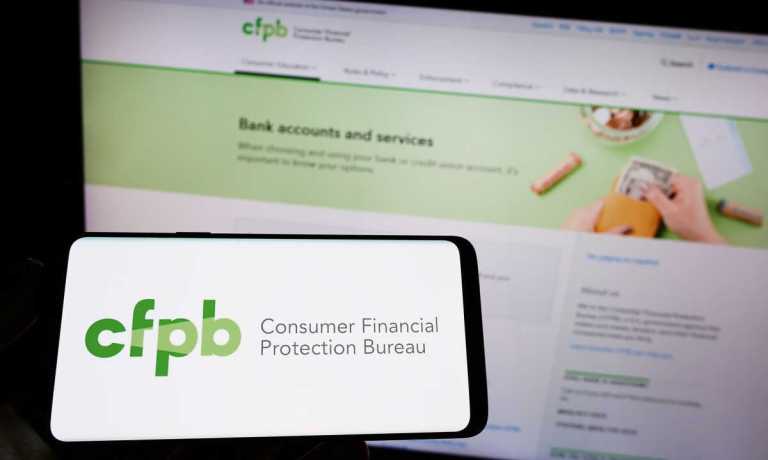
A regulator has proposed creating a registry of nonbank financial lawbreakers to detect “repeat offenders.”
The Consumer Financial Protection Bureau (CFPB) has proposed that certain nonbank financial firms be required to register with it when they become subject to certain consumer financial protection agency or court orders. The CFPB also proposed that it publish this information in an online registry, it said in a Monday (Dec. 12) press release.
“Protecting American households is a shared effort across local, state and federal authorities,” CFPB Director Rohit Chopra said in the release. “The proposed registry will help the CFPB, the law enforcement community and the public limit the harms from repeat offenders.”
A central repository of such nonbanks would allow the CFPB to track and mitigate the risks posed by repeat offenders, monitor all lawbreakers subject to agency and court orders, and share this information with other regulators and law enforcement agencies, according to the press release.
It would also help unify the efforts of consumer financial protection enforcers, identify and monitor previous lawbreakers, and stop further illegal efforts, the release said.
The CFPB said in the release that in the case of insured banks and credit unions, their identity and size are known to the agency, they are covered by only four regulators and these regulators regularly publish their consumer financial protection orders.
“In contrast, comprehensive, readily accessible information is lacking about the identity of orders issued against nonbanks subject either to the CFPB’s market monitoring authority or to its supervisory authority across the various markets for consumer financial protection products and services,” CFPB said in the release.
Public comment on the proposed rule will be allowed for 60 days after its publication in the Federal Register, according to the press release.
The CFPB said in a semi-annual report published April 6 that it received about 872,400 complaints over the last year, which was a 33% increase from the previous reporting period.